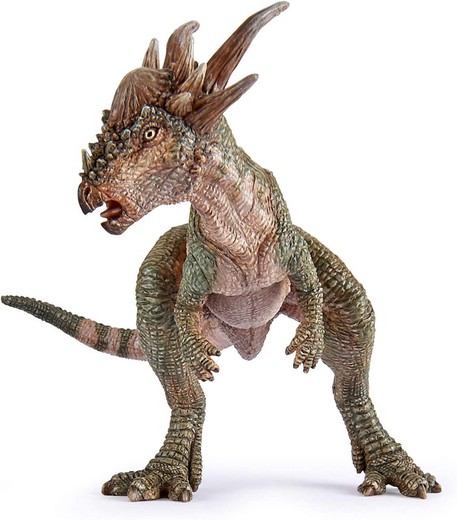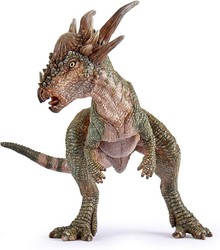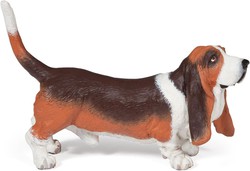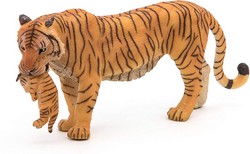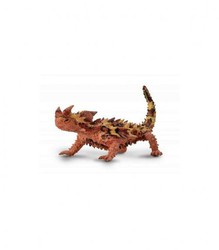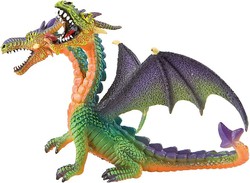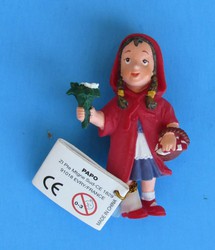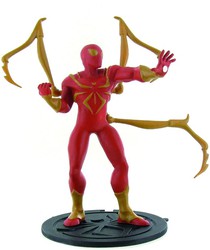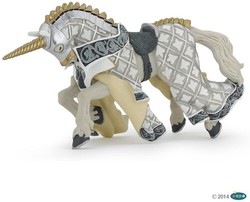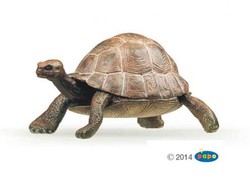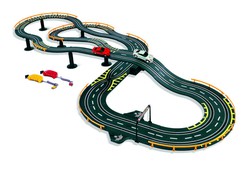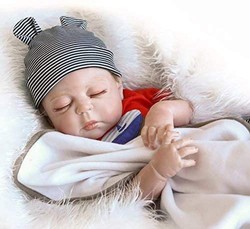Papo Figure - Stygimoloch
Brand: Papo
Reference: 55084
Description
A very authentic figure, perfect for collecting and as a gift. The details are impressive. The dimensions of the figure are: 8 cm x 7 cm x 9 cm. Stygimoloch (Gr. "thorny devil of the river Styx") is a genus represented by a single species of pachycephalosaurus marginated cephalus dinosaur, which lived in the Late Cretaceous approximately 66 million years ago, in the Maastrichtian, in what is now North America. It is known from the Hell Creek and Lance Formations in the western United States, living alongside Tyrannosaurus and Triceratops. Stygimoloch is believed to have lived in herds. It had short front legs and long back legs, and a long tail for balance. He had horns on his head that served to impress. His skull was about 25 centimeters thick. It measured about 3 meters in length and 2 meters in height. He had 4 fingers on his forelimbs and feet.
Details
Stygimoloch was a relatively large pachycephalosaur, with the skull measuring about 18 inches long. Among North American pachycephalosaurids, only Pachycephalosaurus was larger.
Unlike other pachycephalosaurids, the domed skull was relatively small, slightly flattened from side to side, and pear-shaped; even when isolated, this unusual vault can easily be distinguished from the broader and larger vaults of Pachycephalosaurus.
While the vault is reduced in size, the ornamentation on the skull is more elaborate than in any other pachycephalosaur.
Short, conical horns covered the nose, and at the rear corners of the skull were a pair of huge, massive horns, pointing backwards, up to 5 centimeters in diameter and 15 centimeters long, surrounded by two or three smaller dots.
The function of this unusual ornamentation is unknown. Even if other pachycephalosaurs bumped heads, a topic of discussion continues, the small vault of Stygimoloch suggests that this behavior was not important.
Instead, the skull ornament may have functioned during display, been used for self-defense, or perhaps locked and jostled in intraspecific combat, like deer antlers. However, it is more likely that the scaly horns were used to inflict pain during combat by hitting each other's flanks.
